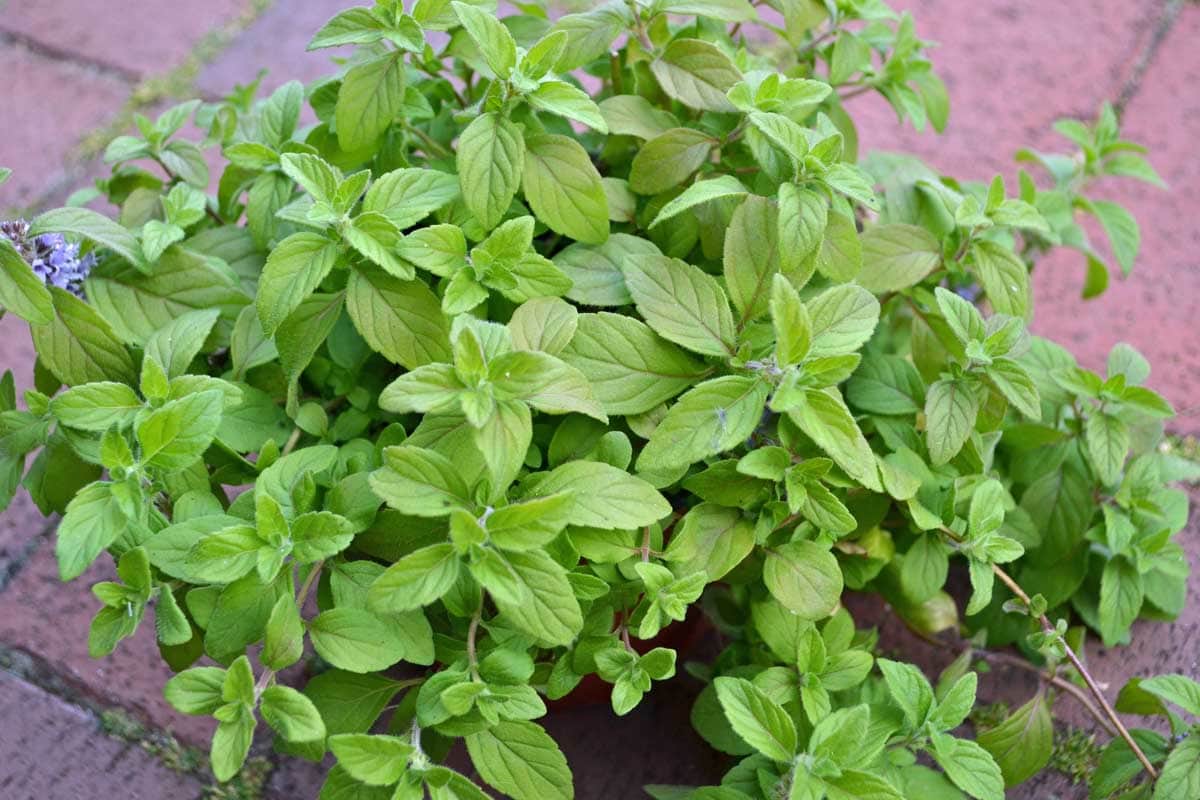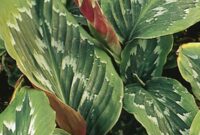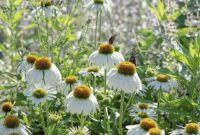What is Banana Mint?
Banana mint, also known as “Musaella mint” or “apple mint,” is a variety of mint with a distinctive banana-like flavor and aroma.
It belongs to the Mentha family, which includes other well-known mint varieties like spearmint and peppermint.
Banana mint is characterized by its large, fuzzy, green leaves and is a popular herb for culinary and aromatic purposes.
Here are some key characteristics of banana mint:
- Flavor and Aroma: The leaves of banana mint have a sweet and mild banana flavor, which makes them a unique addition to various dishes and beverages. The aroma is reminiscent of ripe bananas.
- Appearance: Banana mint plants typically have large, oval to lance-shaped leaves that are bright green and slightly fuzzy. The leaves are often toothed or serrated along the edges.
- Growth Habit: Banana mint is a perennial herb that can grow up to 2-3 feet (60-90 cm) tall. It has a spreading, rhizomatous growth habit, which means it can be invasive if not controlled.
- Uses: Banana mint is used in culinary applications to flavor desserts, salads, beverages, and cocktails. It can be used in teas, fruit salads, or as a garnish for various dishes. Its sweet flavor pairs well with both sweet and savory recipes.
- Cultivation: Banana mint is relatively easy to grow and can thrive in various soil conditions, as long as it has good drainage. It prefers partial shade to full sun. Regular pruning can help control its growth and prevent it from taking over your garden.
- Propagation: You can propagate banana mint from seeds, cuttings, or by dividing established plants. Cuttings and division tend to be the most common methods used by gardeners.
- Companion Planting: Like other mint varieties, banana mint can be used as a companion plant in the garden to deter certain pests such as aphids and whiteflies. However, be cautious about planting it directly in the ground, as it can spread aggressively.
- Harvesting: The leaves of banana mint can be harvested as needed throughout the growing season. The flavor is most potent when the leaves are young and tender.
Banana mint is a delightful herb to grow in your garden if you enjoy experimenting with unique flavors in your cooking or want to add an interesting twist to your herbal tea blends.
Just be mindful of its spreading tendencies, and consider growing it in containers or in a controlled area to prevent it from taking over your garden.
.
How to Grow Banana Mint?
It’s relatively easy to grow and can thrive in many garden conditions. Here are steps to help you grow banana mint:
- Choose a Location: Select a suitable location for your banana mint. It prefers partial shade to full sun but can tolerate a range of lighting conditions. Ensure the area has well-drained soil.
- Prepare the Soil: Banana mint prefers moist, rich soil with good drainage. You can improve the soil by adding organic matter like compost or well-rotted manure.
- Planting: You can grow banana mint from seeds, cuttings, or transplants. Here’s how to do each method:
- Seeds: Plant banana mint seeds in spring, either directly in the garden or in pots. Cover them lightly with soil, water, and keep them consistently moist until they germinate.
- Cuttings: Take cuttings from an established banana mint plant, making sure each cutting has at least a few leaves and a node (where roots will form). Plant these cuttings in the soil, water well, and keep them moist until they establish roots.
- Transplants: If you have access to banana mint plants, you can transplant them directly into your garden or containers.
- Spacing: Space banana mint plants about 18-24 inches apart to allow for proper growth.
- Watering: Keep the soil consistently moist but not waterlogged. Water when the top inch of soil feels dry. During hot summer months, you may need to water more frequently.
- Mulching: Apply a layer of organic mulch, such as straw or wood chips, around the base of the plants to help retain moisture and suppress weeds.
- Fertilizing: Banana mint generally doesn’t require much fertilizer. You can apply a balanced, slow-release fertilizer once a year in the spring or use a liquid fertilizer diluted to half strength every few weeks during the growing season.
- Pruning: Regularly trim the leaves and stems to encourage bushier growth and prevent the plant from becoming too leggy. This also helps maintain the flavor of the leaves.
- Harvesting: You can start harvesting banana mint leaves once the plant is established. Simply snip off the leaves as needed. The leaves are most flavorful when they are young and tender.
- Pests and Diseases: Banana mint is relatively resistant to pests and diseases, but like other mints, it can sometimes attract aphids or spider mites. Regularly inspect your plants and take appropriate measures if you notice any infestations.
- Overwintering: In colder climates, banana mint may die back in the winter. You can protect the roots by adding a layer of mulch around the base of the plant, or you can dig up the plant, pot it, and bring it indoors for the winter.
By following these steps, you should be able to successfully grow banana mint in your garden or in containers. Enjoy using its unique flavor in culinary dishes, teas, and cocktails.
.
Does Banana Mint Spread?
Yes, banana mint is known for its spreading growth habit. It can spread both by underground rhizomes and by self-seeding if allowed to flower and produce seeds.
Because of this, it’s essential to monitor its growth and contain it within your desired area. Planting it in containers or using barriers can help prevent it from spreading too aggressively in your garden.
.
Can You Eat Banana Mint?
Yes, banana mint is edible, and its leaves are used to add a mild banana flavor to various culinary dishes and beverages.
You can use banana mint leaves in salads, desserts, fruit salads, cocktails, herbal teas, and as a garnish for dishes. It’s a versatile herb that can complement both sweet and savory recipes.
.
Is Banana Mint a Perennial or Annual?
Banana mint is a perennial herb. Perennials are plants that live for more than two years, and banana mint can come back year after year in suitable growing conditions.
However, in colder climates, it may die back in the winter and regrow in the spring. In such regions, you can protect the roots with mulch or bring potted plants indoors during the winter months to ensure their survival.
Keep in mind that while banana mint can be a delightful addition to your garden, its spreading nature requires some management to prevent it from taking over your planting beds.
Regular pruning and containment methods can help you enjoy the benefits of this herb without it becoming invasive.
.
.
.
.
.
source image: https://luv2garden.com/how-to-grow-banana-mint/



